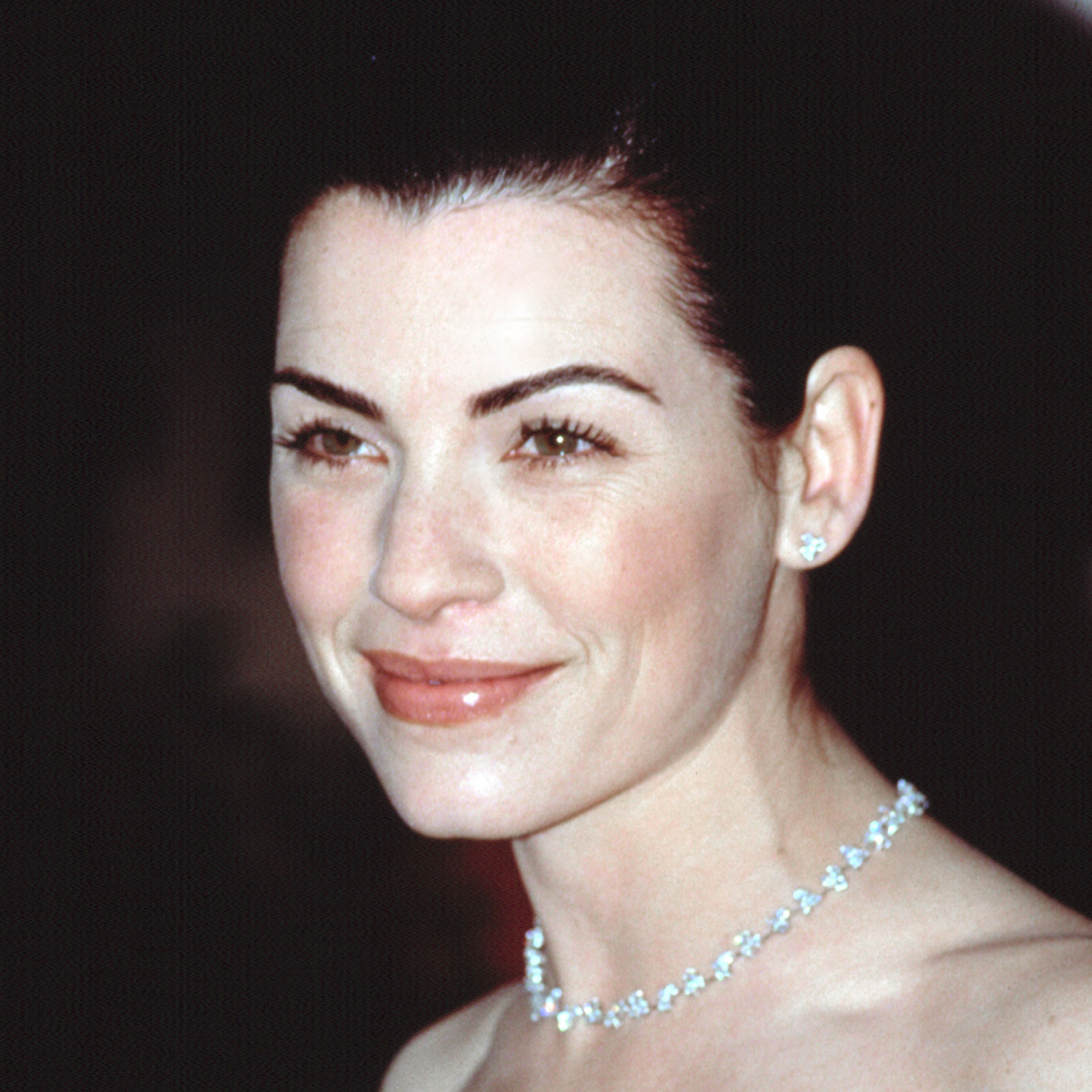Harvard Scientists Have Discovered Why Some People Look Like They Don’t Age
Photographed in 1999 and then again in 2015, Julianna Margulies (above), is timeless. So is Halle Berry, Jennifer Aniston, and certain members of New Kids on the Block, who are the antithesis to dadbod. But is this a case of good genes or a good doc?
That’s what Olay, 23andMe, and Harvard researchers set out to discover when working on the Multi-Decade and Ethnicity (MDE) study, which looked for (and found) the “biological commonalities” among women who look younger than their actual age.
The findings will be presented this week at the 23rd World Congress of Dermatology conference in Vancouver.
Led by Dr. Alexa Kimball, professor of dermatology at Harvard Medical School and Massachusetts General Hospital, the MDE study—which began in 2012—looked at 231 women from their 20s to 70s, across numerous ethnicities—Caucasian, African, Hispanic, and Asian. Using 3D imaging, hormone mapping, and genetics information from 23andMe, the study found that the Methuselah genes—found in one-fifth of black Americans and in only one in ten white Americans—is responsible for skin repair from free radicals, sunlight, and other environmental factors.
According to the study:
First, there are similarities among women who have not undergone cosmetic procedures but still appear to be “ageless.” Through advanced bioinformatics analysis of approximately 20,000 genes, Olay identified a unique skin fingerprint among these “exceptional skin agers” comprised of around 2,000 genes. They are responsible for a range of key biochemical pathways, including those involved in cellular energy production, cell junction and adhesion processes, skin and moisture barrier formation, DNA repair and replication, and anti-oxidant production. The MDE study found that although we all have these genes in our skin, how strongly these genes are expressed in the skin is distinct in “exceptional skin agers”– and that can be influenced by environmental factors, lifestyle choices and even skincare habits.
The study also discovered exactly how a woman’s skin ages by decade: decline in antioxidant response (20s); decline in skin bioenergy (30s); increase in cellular senescence (40s); decline in skin barrier function (50s); acceleration of all the above (60s).
The initial findings of this MDE study include data from Caucasian and African research participants. Olay reps say that they are continuing to collect and analyze samples from Asian and Hispanic women in their 20s through 70s to broaden how they can use the study’s findings to create new products to help fight skin aging. “Once completed, the MDE study will have examined female skin aging throughout six distinct decades and across four different ethnicities,” reps say.




